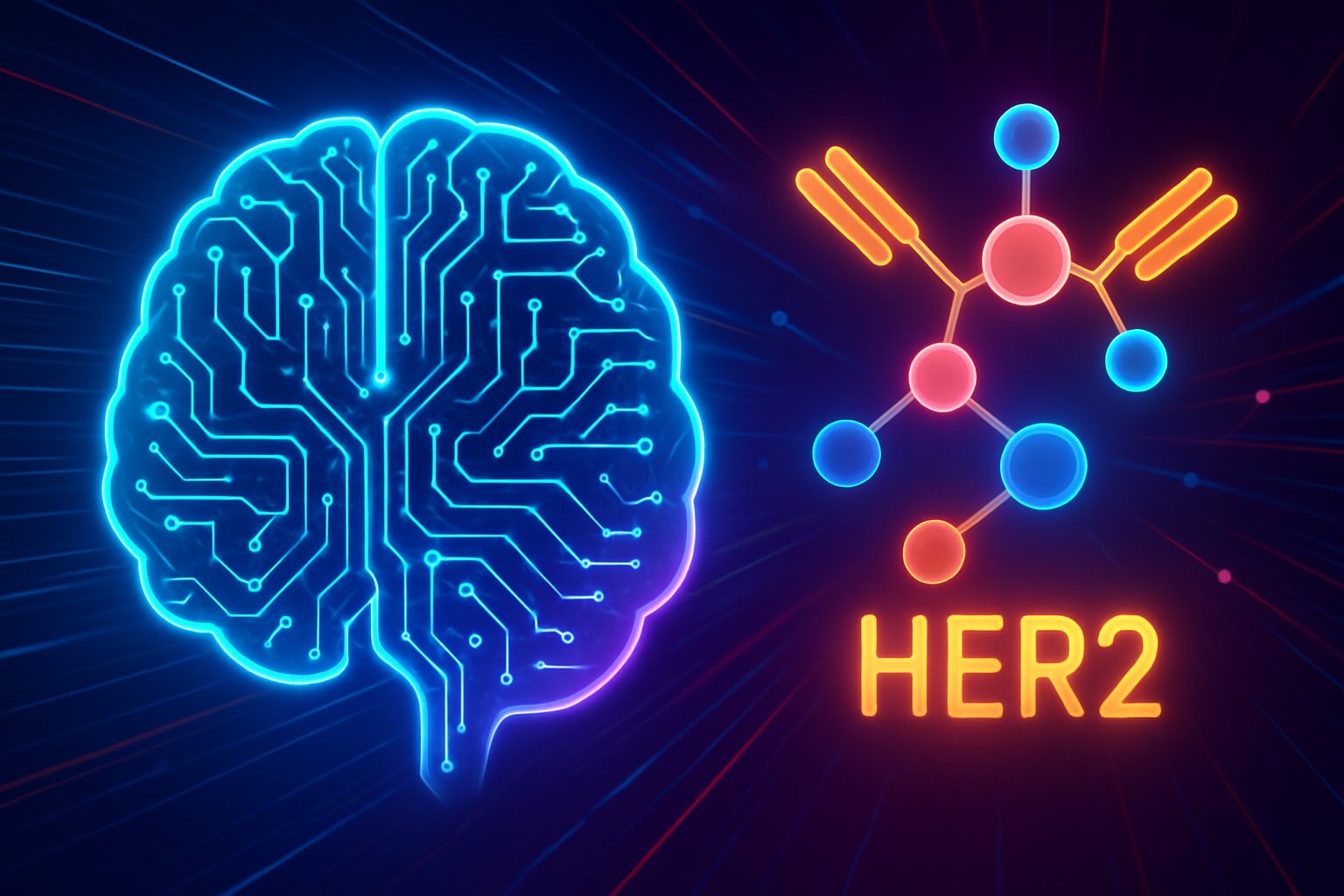
AI CERTS
5 hours ago
Iambic’s Phase-2 Leap Showcases Pharmaceutical AI Advancement
Meanwhile, an oversubscribed $100 million round now fuels expanded trials and platform scaling. This article unpacks the technology, clinical evidence, and market implications behind the breakthrough.
AI Speeds Drug Timelines
Traditional small-molecule programs often need ten years and billions of dollars. In contrast, Iambic reached first-in-human dosing in two years, demonstrating tangible pharmaceutical AI advancement. Furthermore, iterative design-make-test loops let algorithms refine molecules weekly. The company links this velocity to computational chemistry engines such as NeuralPLexer. Additionally, automated synthesis and real-time assays feed new data into the models, shortening optimization cycles. Consequently, both resource use and calendar time decline sharply.

Key acceleration facts:
- Discovery to IND filing: ~24 months versus typical 48
- Weekly design cycles: 52 per year compared with quarterly manual rounds
- Projected cost savings: 30-50% across preclinical stages
These figures highlight why investors pursue companies that combine clinical AI with wet-lab automation. However, faster timelines must still deliver quality molecules. Therefore, robust predictive accuracy remains critical.
The cadence and savings set the stage for deeper analysis. Consequently, understanding the core models becomes essential.
Enchant Model In Focus
Enchant integrates sequence data, structural inputs, and assay readouts. Moreover, the transformer predicts human pharmacokinetics and safety signals before animal studies finish. Reuters noted a 0.74 accuracy score versus 0.58 for legacy methods, representing a 17x accuracy improvement over certain baselines. Additionally, Frances Arnold observed that structure alone cannot ensure therapeutic success; pharmacokinetics decide fate. Therefore, Enchant’s multimodal approach targets this gap.
Fred Manby, Iambic’s CTO, stated that cumulative 10% gains at each stage could halve total cost. In contrast, incremental lab tweaks rarely yield comparable leverage. Meanwhile, the company trains Enchant continuously with proprietary and partner datasets, including those from Revolution Medicines. Consequently, model generalizability improves across oncology targets.
Enchant’s performance underpins continued pharmaceutical AI advancement. Nevertheless, predictions must translate into patients. The next section reviews early evidence.
Clinical Data Snapshot Overview
Iambic presented IAM1363 results at ESMO 2025. Among 18 participants dosed ≥960 mg, partial responses reached 28%. Moreover, intracranial responses hit 33% in three evaluable patients. These signals suggest real human trial success, although sample sizes remain small. Additionally, safety profiles appeared manageable, with few grade-three events.
Subsequently, the study advanced into dose-optimization and Simon two-stage tumor cohorts, activities often described as early Phase-2. Therefore, media coverage labeled the shift a pharmaceutical AI advancement milestone. Jazz Pharmaceuticals will test IAM1363 alongside zanidatamab in HER2-positive breast cancer, widening the evidence base.
Nevertheless, Phase-2 transition historically proves difficult. Only 29% of candidates advance to Phase-3 industry-wide. Consequently, sustained response durability and larger cohorts will determine the drug’s trajectory.
The emerging efficacy indicators provide hope. However, market factors also influence program value.
Market Context And Growth
ResearchAndMarkets values AI-enabled drug discovery at $1.7–2.6 billion today. Furthermore, forecasts project $8–13 billion by 2030, reflecting 25–30% CAGR. Consequently, pharmaceutical AI advancement captures venture and strategic capital. NVIDIA, Mubadala, and Sequoia joined Iambic’s recent $100 million round, signaling confidence.
Industry observers note that computational chemistry reduces attrition, freeing budgets for additional shots on goal. Moreover, clinical AI platforms that deliver 17x accuracy improvement could unlock premium partnerships, as evidenced by Jazz and Revolution deals. Therefore, market expansion seems poised to accelerate.
These growth dynamics attract skilled professionals. Professionals can enhance their expertise with the AI in Healthcare™ certification. Such credentials align talent with rising demand.
The financial tailwind supports development, yet scientific risks persist. Consequently, balanced evaluation remains vital.
Opportunities And Key Caveats
Speed, accuracy, and capital form an encouraging trifecta. Additionally, early signs of human trial success validate the model-first approach. Nevertheless, response data stem from limited cohorts. Moreover, regulatory agencies will demand robust, peer-reviewed evidence before approval. Data access and bias also challenge computational chemistry models, potentially limiting external reproducibility.
Independent analyses show high Phase-1 pass rates for AI-designed drugs, yet numbers remain modest. In contrast, larger, diversified pipelines will test scalability. Therefore, Iambic must sustain its 17x accuracy improvement across diverse targets.
These considerations temper exuberance. However, clear milestones can mitigate uncertainty. The final section outlines the path forward.
Next Steps For Validation
Iambic plans to choose a recommended Phase-2 dose and open tumor-specific cohorts shortly. Furthermore, combination studies with Jazz will probe synergistic activity. Independent KOLs expect mature data on duration of response and progression-free survival by late 2026. Meanwhile, peer-reviewed publications of Enchant benchmarks will enhance transparency, strengthening pharmaceutical AI advancement credibility.
Consequently, investors and clinicians should monitor ClinicalTrials.gov updates for NCT06253871. Additionally, collaboration announcements may expand the Enchant training corpus. Success across these milestones would cement human trial success and position clinical AI as a mainstream tool.
Upcoming readouts will clarify efficacy durability. Nevertheless, early momentum suggests a transformative trajectory.
Conclusion
Iambic Therapeutics showcases how pharmaceutical AI advancement accelerates discovery, improves predictive power, and delivers clinical signals earlier. Moreover, Enchant’s 17x accuracy improvement and IAM1363’s preliminary responses illustrate tangible value. Nevertheless, broader validation, larger cohorts, and peer-review remain essential. Consequently, stakeholders should track forthcoming Phase-2-style expansions and published benchmarks. Professionals eager to join this wave should pursue specialized credentials and stay informed on emerging data. Explore the linked certification and deepen your expertise today.



